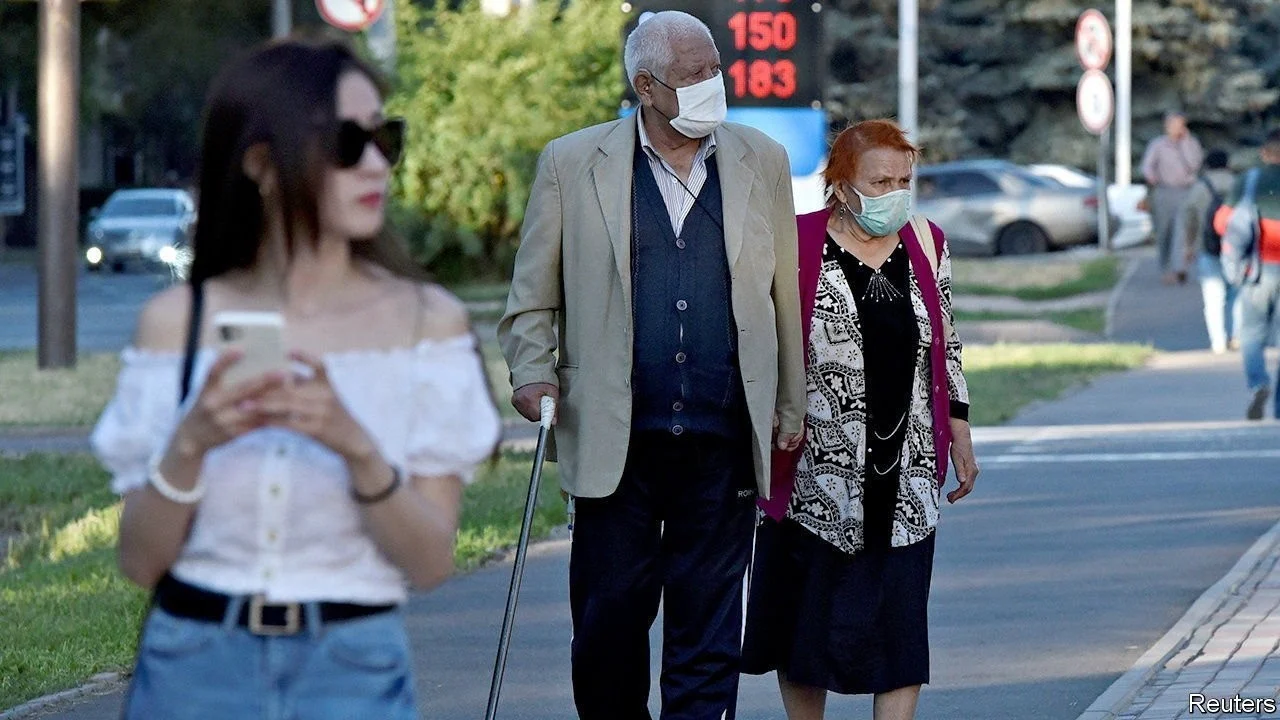
Money for migration changed the face of a nation
Like most autocrats Nursultan Nazarbayev, who ruled Kazakhstan for three decades, thought a lot about how best to honour himself. The 81-year-old resigned as president in 2019 and took on a role pulling strings from behind the scenes, but not before ensuring that the capital city would bear his name. At the start of January days of unrest and violence forced Kassym-Zhomart Tokayev, his successor as president, to promise wide-ranging changes to the regime Mr Nazarbayev had built. But one part of the older man’s legacy will not be easy to undo: the dramatic demographic transformation of the country which he engineered during his decades in power.
When the Soviet Union collapsed in 1991, Kazakhstan was the only ex-Soviet republic where the people after whom it was named were not a majority. Ethnic Kazakhs were just under 40% of the population. Russians were 37%. Other minorities made up the rest. All this was Stalin’s legacy. His famine in the 1930s killed a quarter of the country’s population, and he deported ethnic groups he didn’t trust to Kazakhstan.
Read full article (Paywall) The Economist




